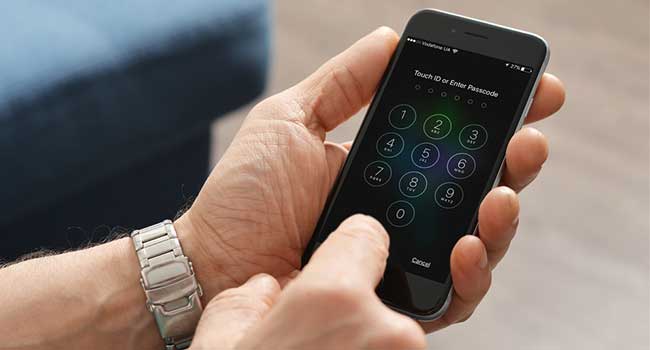
3 Ways iOS 10 Brings Security to Your iPhone
Apple introduced iOS 10 back in March, but it wasn’t until two days ago that the update was pushed out to all Apple products. The new iOS, version 10, is the most significant update the iPhone has seen in years. Despite a complete overhaul to Maps and iMessages, the update seems pretty similar to the iOS we were used to. But after closer inspection, you’ll find a ton of new features that are geared to protect your privacy and security.
Limit Lock Screen Data Leaks
One of the biggest changes to the iPhone software is the lock screen. Your phone can deliver more information than you’d like without ever having to unlock the device. Apple realized this and gave users several ways to protect their privacy through this screen.
You can limit access to certain features on the lock screen by going to Settings > Touch ID & Passcode and disabling them one by one. The list includes Today View, Notification View, Siri, Reply with Message, Home Control and Wallet.
If you don’t want to disable everything and miss out on some cool features the new iOS can offer, you can go to Settings > Notifications and limit the amount of notifications that certain apps send to your lock screen in the first place. You can also disable previews of text when it comes to your emails and messages.
Stop Third-Parties from Tracking You via Ads
Ever wonder how an ad for the website you were just on ends up in one of your gaming apps? Safari on the iPhone keeps tabs of where you are browsing in order to identify which ads should be targeted towards you.
In order to disable this, go to Settings > Privacy > Advertising and then tap on Reset Advertising Identifier. You can also tap on View Ad Information to find out the information used by Apple to deliver the relevant ads to you.
You could also browse Safari incognito so that the cookies you pick up are destroyed when you close the window. To do this, go to Safari and tap on the page switch icon, then tap Private. It will inform you that you’ve switched into Private Browsing Mode.
Limit Access to Data
These days, our phone holds our life inside the contents of its software. A lot of us are in the mindset that we don’t want to delete anything because it is keeping up with our memories, but keeping all that information on your device could lead to an information leak. In order to limit access to your information, you can set certain iMessage feeds to self-destruct after a certain amount of days. Go to Settings > Messages > Keep Messages and you can chose a timeline for your messages to live on.
You can also protect your accounts by limiting the amount of people who can access your phone. You can now enable 2-factor authentication on your Apple ID and your Apple Wallet.